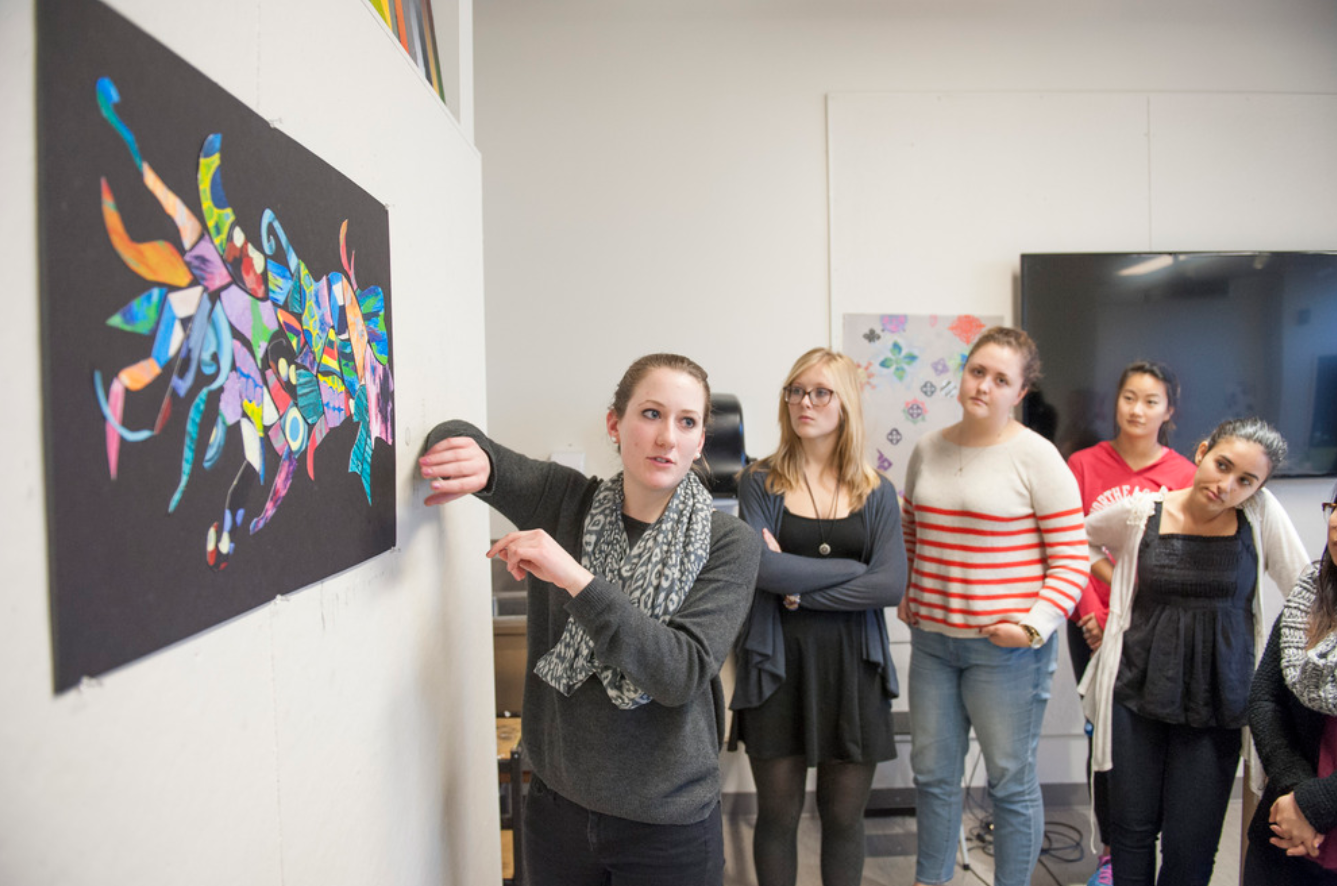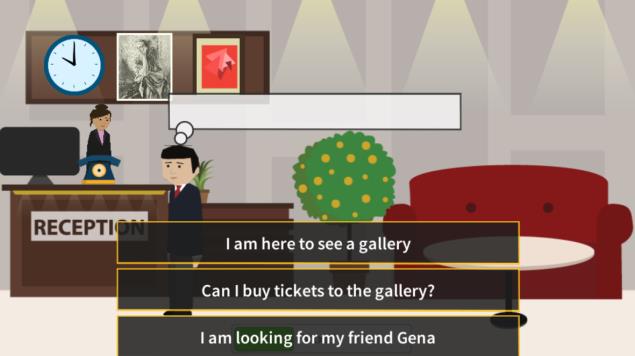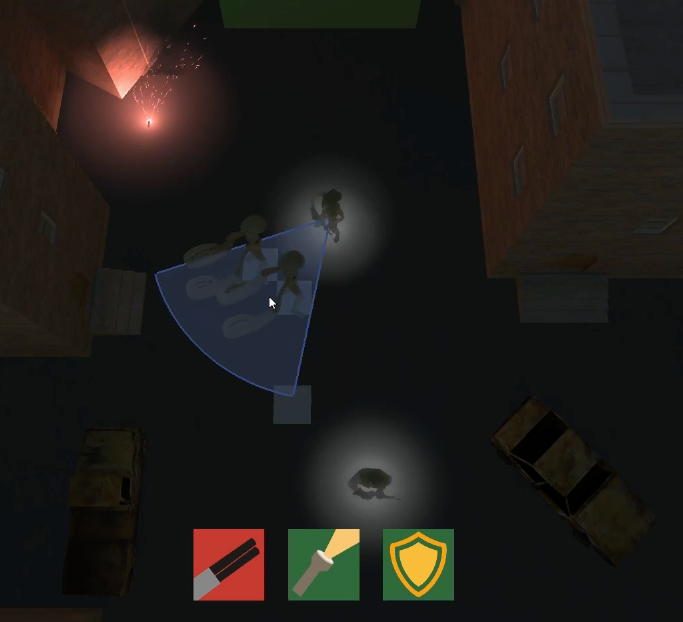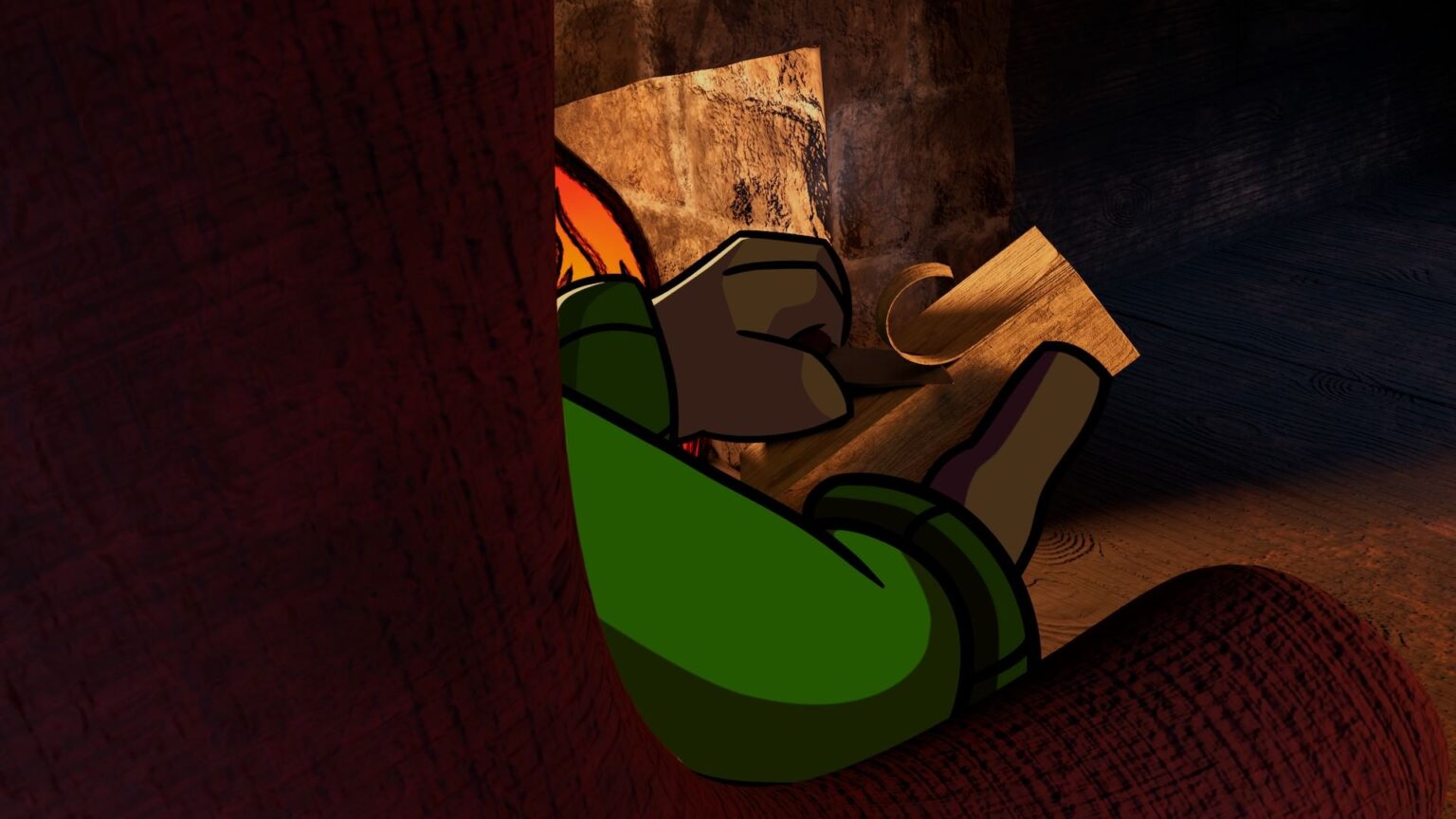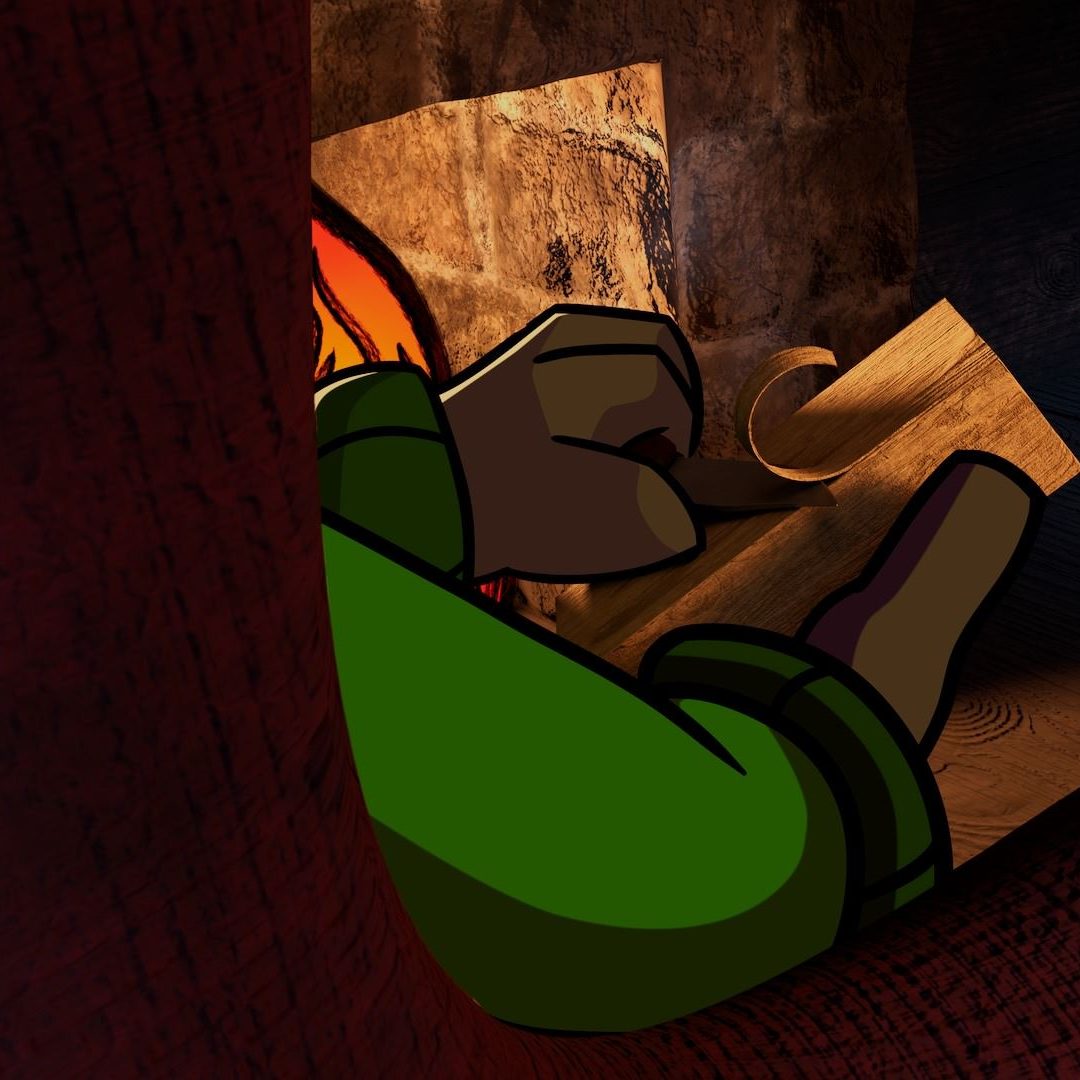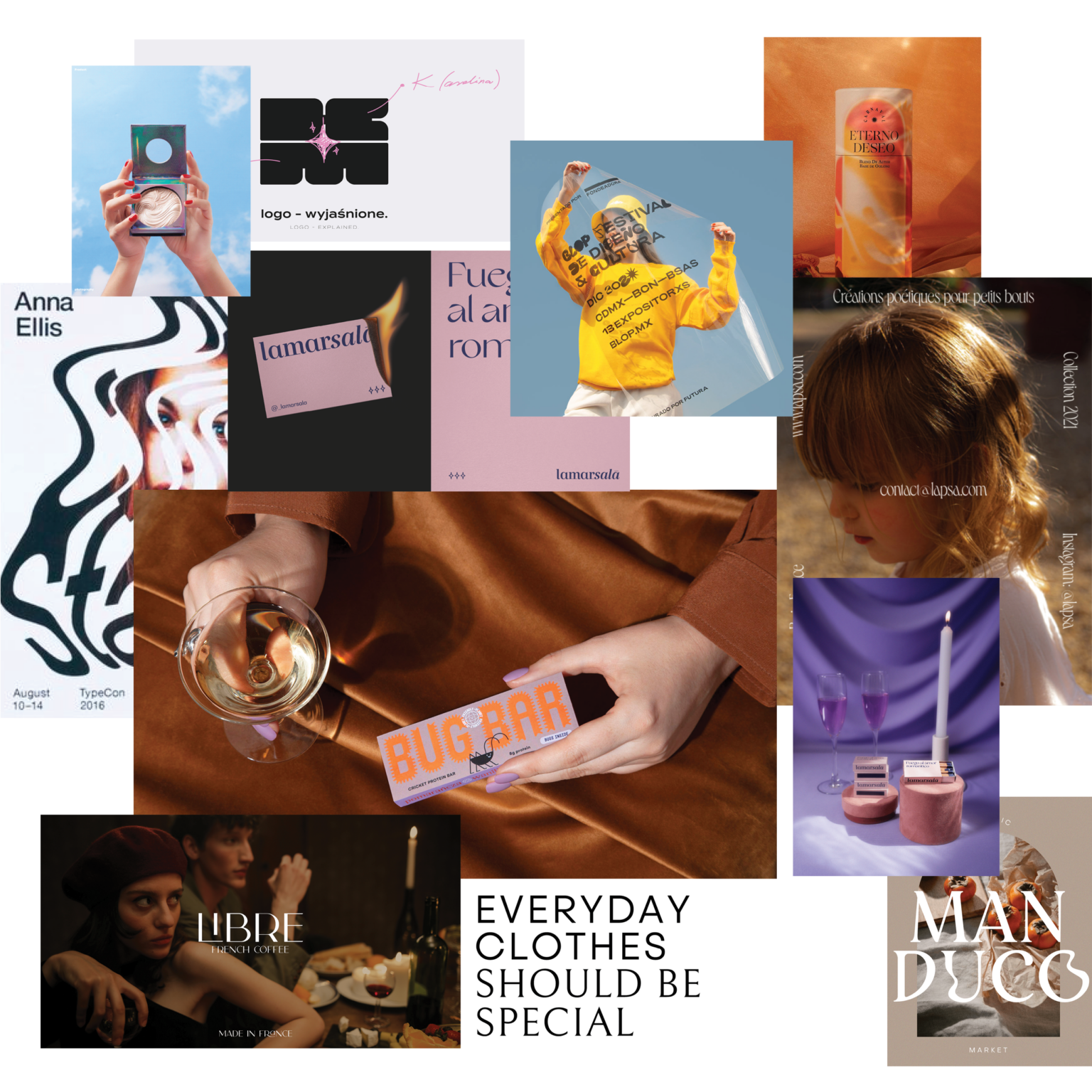Career Opportunities
- Design Consultant
- Design Lead
- Design Researcher
- Design Strategist
- Designer
- Entrepreneur
- Exhibition Designer
- Experience Designer
- Futurist Product Designer
- Product Manager
- Strategist Service Designer
- User Experience Designer
- User Experience Manager
- UX Designer
Multidisciplinary Skills
collaboration
creative problem-solving
critical thinking
data analysis
design research
design software
experience mapping
graphic representation
fabrication
facilitation
human factors
information design
interviews
leadership
listening
observation
personas
programming
project management
problem framing
rapid prototyping
semiotics
sketching
technical skills
typography
UI/UX design
user stories
user testing
verbal and written communication
visual synthesis
visualization
Share
Design is the practice-based discipline that poses important questions about—and provides significant answers to—how we live. Designers are needed when we don’t know what is needed as well as when we think we do. Designers propose alternative futures and create new choices using principles and processes to create, compose, and construct meaning in diverse knowledge fields. Designers seek a broad understanding of principles and systems of perception, communication, and action. Experience designers take a holistic and integrative approach that focuses on the quality of the human experience in concrete situations. They employ research, analysis, creativity and technology as tools to understand human goals, needs, and desires. Their work examines and improves contexts, systems, services or events.
Learning Outcomes
- Apply iterative design processes to create, revise, evaluate, and develop effective prototypes and innovative solutions.
- Engage human-centered design research methods and systems thinking to identify and understand values, goals, motivations of intended audiences as a mode of inquiry, question framing and guide to action.
- Develop a high level of craft and technical skills in a relevant range of media and tools and effectively weigh applicability for intended audiences and outcomes.
- Develop and realize intent, concept and content with awareness of context and consequence.
- Implement visual patterns incorporating text, image, diagram including temporal and spatial representations to recognize, categorize, and articulate significant form and meaning
- Employ and embody ethical practices, team and cross-disciplinary collaboration, and effective communication and presentation skills.
- Apply relevant communication theories and principles and appreciate the pervasive and long-term impact of design decisions on people and societies.
Co-op Opportunities
- design and media sectors
- news and publishing sectors
- arts sectors
- food and beverage sectors
- fashion and travel sectors
- government and civic sectors
- health care and pharmaceutical sectors
- educational sector
- financial and business sector

